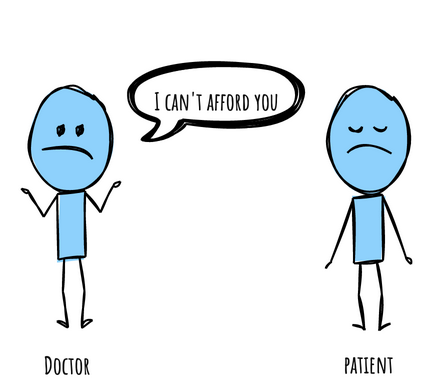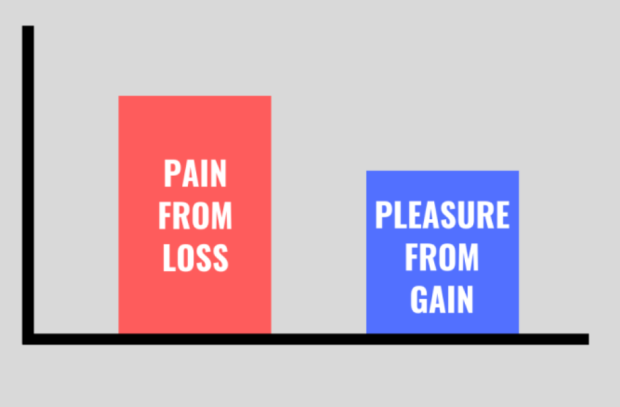One of the common complaints among Indian patients is “the Doctor doesn’t spend much time with me”. An article published in BMJ claimed that the average time per patient was around 2 minutes !
Our consultations are like instant noodles , but a lot less enjoyable
This is particularly hard to stomach for the suave patient, who brings a ton of queries after a google search. For the rest of this article, I call them “Google” patients – which is only a short form, with no intended disrespect for their concerns. These are the patients who take to social media to vent their frustration with the system. Doctors in-turn are wary of these ‘difficult’ patients – not only are they more demanding, but they cause ‘perceived loss’.
Why do doctors have trouble with the ‘Google’ patients ?
The answer has both an intuitive well known part and less well known part.
- Busy doctors have little control over consultation time in busy OPDs – if they spend more time with a patient, then the other patients can’t get their consultations done on time. This is only partly related to doctor scarcity. The patient flow to the doctors in a city /town is skewed. It’s like Pareto principle on steroids. 5 to 10 % of “top” doctors see more than the bottom 50 % – and everyone, including the Google patients wants to go to these doctors.
- Busy doctors can’t afford the Google patients
Why would a doctor not be able to afford ‘Google’ patients ?
For the most part, private practice in India is a volume business, not value business.
Because of the low consultation fee, the only way a doctor can earn a reasonable amount is to see as many patients as possible, while also balancing patient satisfaction. This means the ‘low hanging fruits’ – easy problems, dominate the practice.

Those with complex problems, long list of queries demand more time . The same holds true for technology solutions which demand teaching.
If a consultation lasts 30 minutes, as opposed to the average 5 minutes, the patient cannot be charged 6x .
So if a doctor chooses to see 5 patients for 30 minutes each – he can see only 5 patients in 2 1/2 hours – as opposed to at least 15 patients per usual. This leads to a perceived loss of 10x the fixed consultation fee. All humans – including doctors have loss aversion. The misery brought by a 10 dollar loss is more than the happiness brought by a 10 dollar gain.

Sure enough, medical practice isn’t always driven by pure pursuit of profits, but very few doctors can afford to lose that much on a regular basis. Similarly ,the junior doctors who have more time , less patients don’t always attract the ‘Google’ patients. This creates a Catch-22 situation
What can be done?
Several options exist for both doctors and patients , but chances of any of these working are slim. Most of these take the spontaneity out of the doctor-patient interaction and neither doctors nor patients are ready for that.
- Fair usage policy on doctor’s time
- Guaranteed minimum time for the patient
- Printed FAQs as a differentiator / value added service
- Counsellor to reduce the drag on doctor’s time – the counsellor can be paid a fixed monthly salary, split among the patients who need such services
- Separate ‘doubt clearing consultations’
- Patients can choose to forgo social approval/validation and seek a younger doctor who is less busy, but appropriately qualified
- A check-list of 2-3 questions which can be answered in a short time, in a chit.
I have seen many doctors, especially from my field, resort to virtue signaling and ridiculing the concerns of the doctors who aren’t comfortable with the ‘Google’ patients. Such demonising of doctors with genuine concerns is as bad as demonising patients with genuine concerns, for which they seek search engines. It sacrifices a necessary dialogue on the altar of likes and comments.
It’s time we had an honest dialogue on this important problem.
